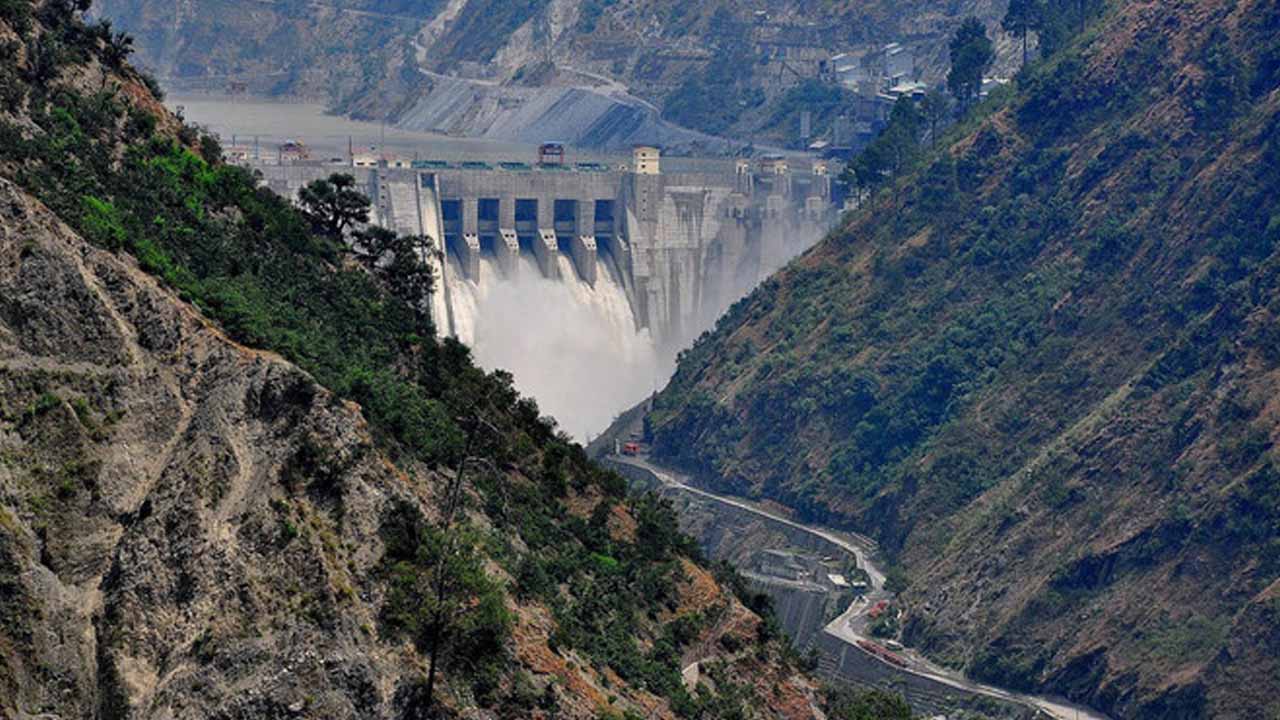The Indus River has been successfully redirected to a tunnel at the Dasu Hydro Power Project construction site in the Kohistan district of Khyber Pakhtunkhwa.
According to a spokesperson from WAPDA, work has begun on a temporary dam following the river’s diversion, and the construction of the main dam will start after the temporary one is finished.
WAPDA has indicated that the second diversion tunnel currently under construction is scheduled to be completed by mid-April of this year, and during the high flow season, the water of the Indus River will pass through both diversion tunnels. The spokesperson also noted that the 4,320-megawatt capacity Dasu Hydro Power Project will be completed in two phases.
The Dasu Dam, a significant hydroelectric gravity dam, is currently in the process of construction on the Indus River near Dasu in Kohistan District, Khyber Pakhtunkhwa Province, Pakistan. The project, initiated by Pakistan Water and Power Development Authority (WAPDA), is a vital element of the company’s Water Vision 2025. However, the project faced delays due to funding and land acquisition disputes after beginning in 2017. Work resumed in 2019, with the World Bank contributing $700 million of the $4.2 billion project cost, as the government of Imran Khan decided to proceed ahead with the construction of the project, aiming to reduce Pakistan’s reliance on non-renewable energy.
The dam will be 242 meters (794 feet) tall and will support a 4,320-megawatt hydropower station, built in two stages of 2,160 megawatts each. The power plant is anticipated to commence generating electricity in late 2024, with stage I planned to be completed by early 2025. Water from the reservoir will be channeled to the power station located about 3.5 kilometers (2.2 miles) downstream, with power generation from the first stage scheduled for 2026-27. Due to land acquisition problems, the Covid pandemic, and other factors, WAPDA has reported that the expected completion of Dasu Stage-I Hydropower Project has been pushed to FY 2026-27.






